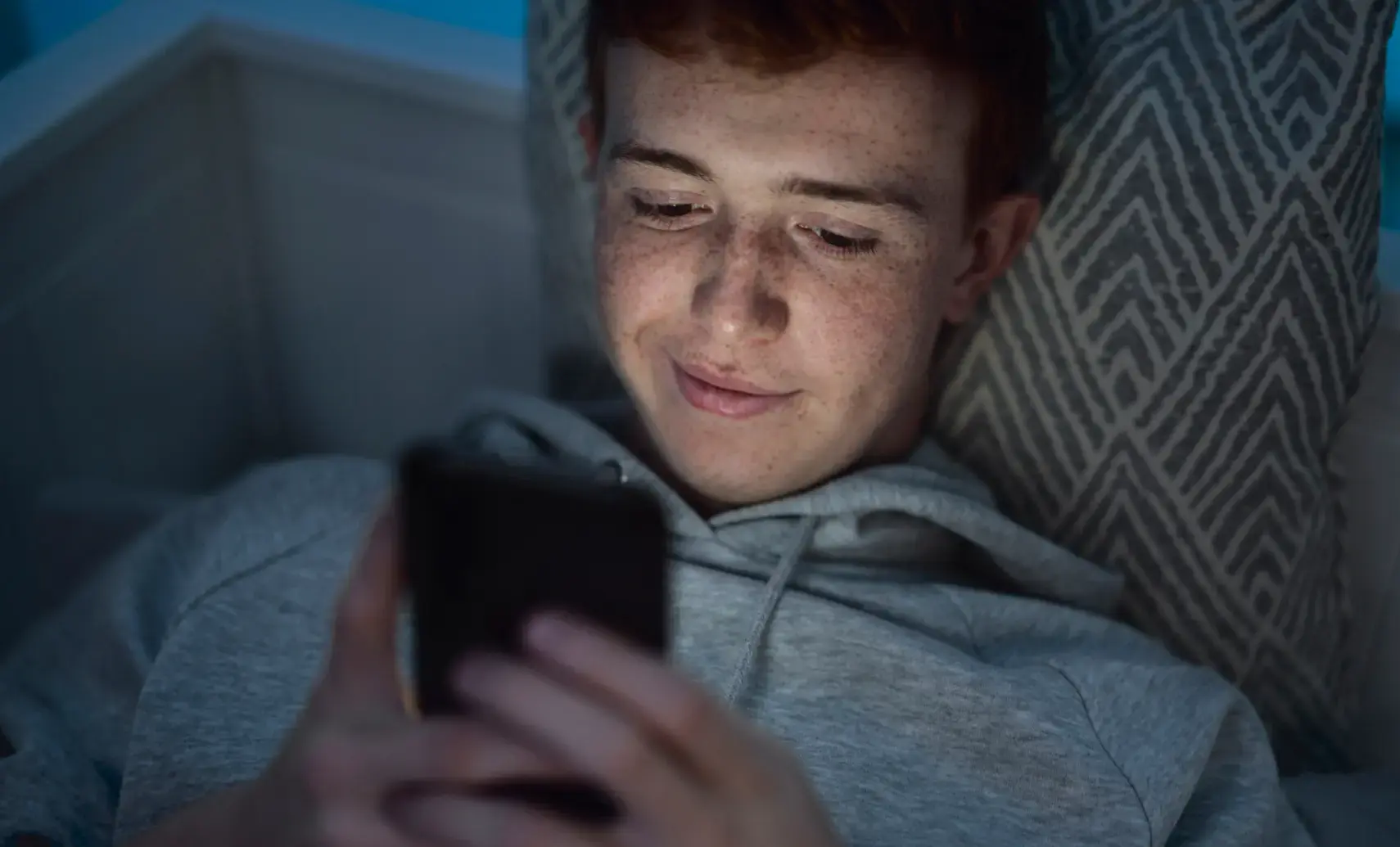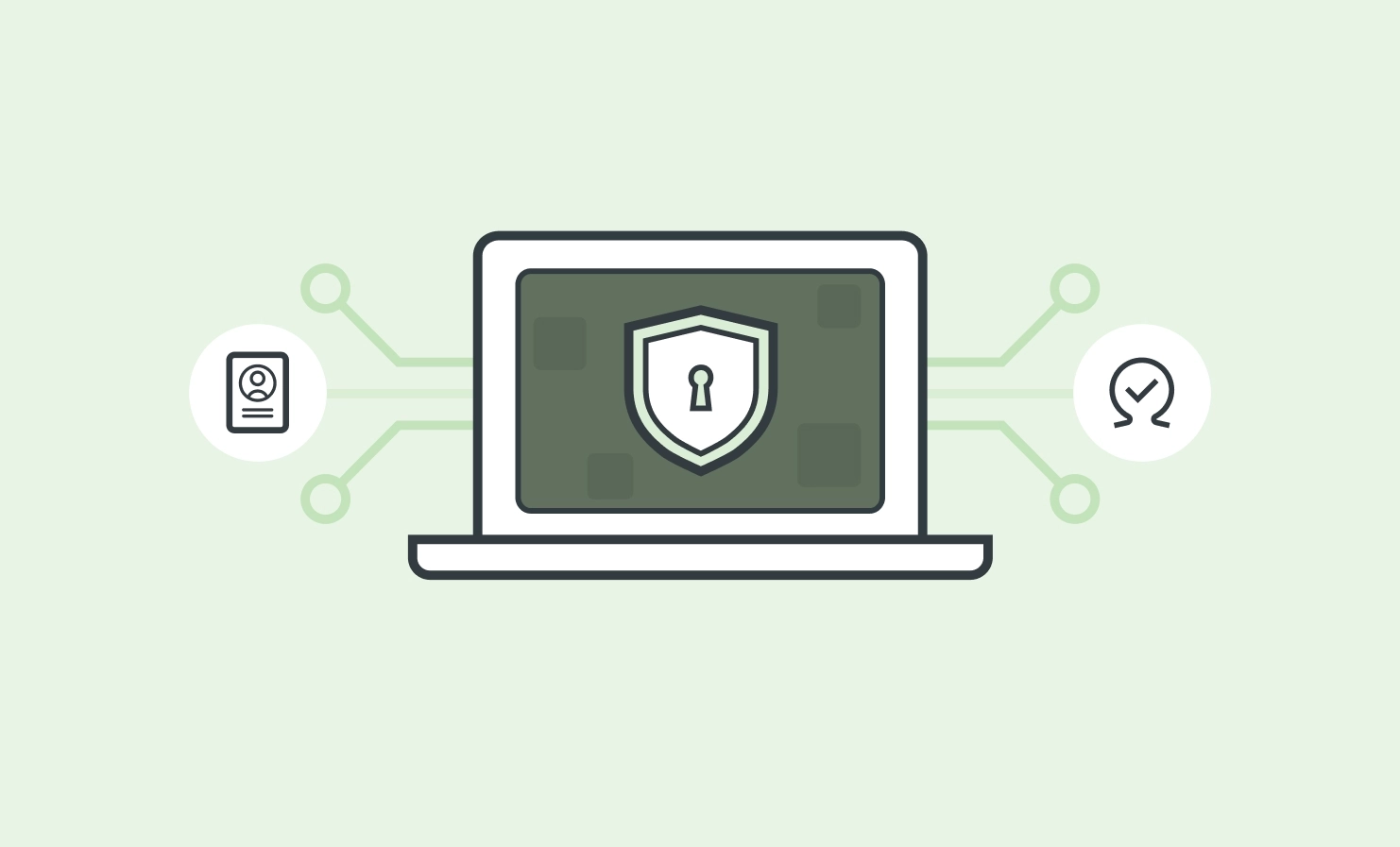
Let’s just get this out there: humans are not great at guessing ages. Don’t just take our word for it. Studies have proven this to be the case.
Most of us reckon we can largely say if someone is under 25 using the Challenge 25 technique but when put to the test, the truth comes out: retailers do let some under 18s buy alcohol. Not always and not everyone, but some people are incorrectly estimated to be older than they really are. Let’s be honest, this is not ideal.
Now, to be fair, not all humans are created equal. Some people are fairly accurate at guessing another person’s age. A few are even impressively accurate. We found one recently. His name is Elliot, one of the human estimators who took part in a recent experiment with The Times. His main career is currently in professional sport, but he occasionally undertakes work as a Super Recogniser.
But even Elliot – one of the best human estimators – isn’t as accurate as Yoti’s facial age estimation technology.
So here’s the question: do we just need to clone Elliot? Stick him in every supermarket, corner shop, bar, and petrol station across the UK in order for human estimation to be a more accurate process than it currently is?
Let’s do some silly but very real maths:
- There are around 224,100 licensed premises in the UK.
- Let’s say we pay Elliot £25k a year (a bargain for an elite-level age estimator).
- If Elliot is full time age estimating, we now have a £5.6 billion-a-year wage bill… just to check people’s ages.
And that’s assuming Elliot never gets tired. Never calls in sick. Never gets flustered when a queue of angry customers forms because he had to triple-check one customer whose age he was less certain of.
Meanwhile, Yoti, headquartered in the UK, already has technology that can do this job. That does it to a very high degree of accuracy. It’s fast, consistent, tested, and doesn’t get flustered or tired.
Retailers want to use it. They’ve already tested it. Staff love it – mostly because it means they don’t have to awkwardly guess whether someone is 17 or just has a baby face. And customers like it too.
But here we are, in 2025, still relying on busy, stressed-out staff and the lower accuracy of human estimation to prevent underage sales.
The technology has been sitting there on the shelf, ready to go for a few years. Surely it’s time to stop pretending that retail workers trying to guess the age of customers is the gold standard in age assurance, especially since the government says it wants to see tech make people’s lives easier.
Let’s allow businesses to give people the choice to use facial age estimation, the tool that works really well for this job.



